Purchasing life insurance can be pretty confusing, especially when you’ve received controversial information about Term and Whole Life Insurance. The question still exists: What is the difference between Term and Whole Life Insurance, and how do I choose between them?
Look no further! This article will provide you with a comprehensive breakdown of the differences between Term and Whole Life Insurance, and help you figure out which one might be the best for you.
What Is The Difference Between Term and Whole Life Insurance?
Term Life Insurance is often said to be the simplest type of life insurance policy. It provides coverage for the insured for a specified time, at affordable rates. With this insurance policy, the benefits are paid out to the beneficiary, but only if the insured dies within the time of term coverage.
For example, John is 30 years old, divorced, and has one child (beneficiary). He takes out a Term Life Insurance policy for 25 years at a monthly rate of $200. John passed away 20 years later at the age of 50. John died within the term coverage, so his son will get the benefits of his Term Life Insurance.
However, if John outlives his policy, he must replace his policy (at least six months before the expiration date), or his son won’t receive the death benefit. Alternatively, he can convert this policy into a permanent life insurance policy.
On the other hand, Whole Life Insurance is considered permanent life insurance and provides life insurance coverage until death. Upon death, the benefits are paid out to the beneficiary, once the policy is active upon death.
Furthermore, with Whole Life Insurance, there is a cash savings component that the policyholder can withdraw or borrow from.
Let’s take the example of John again. This time, John signs up for a whole life insurance policy, he pays his premium up until his death at 70 years old; his policy is up to date. His beneficiary (his son) receives his payout upon his death.
Who Needs Whole Life Insurance vs. Term Life Insurance?
This question is very important when deciding to purchase life insurance. Most people often feel that they do not need insurance coverage for their entire life.
However, It Would Be Wise To Consider Purchasing Whole Life Insurance If:
- You have a dependent you may leave behind: a child or someone dependent on you, especially if this child suffers from a disability. In such a case, a Whole Life Insurance payout would contribute to providing financial stability for them upon your passing.
- You want to ensure that your family is provided for after your death.
- You have maxed out your retirement accounts. If you have a high net worth and you have paid out all allowable contributions towards your retirement accounts, then you should consider buying Whole Life Insurance.
- You may need a large amount of cash later on. This is especially beneficial to parents who have kids who will one day go to college.
Alternatively, Term Life Insurance Might Be the Best Option For You If:
- You are a couple. If so, it is the prime time to purchase Term Life Insurance. The proceeds from your insurance coverage can be used for replacing income, paying off debt, and, if there are children involved, for childcare and education costs.
- You are a business owner. Business owners can use Term Life Insurance benefits to pay off debts and due taxes.
- You are a stay-at-home parent. Purchasing Term Life Insurance means the benefits can be used for income replacement while the other parent works.
Overall, most people do not operate on a standalone basis. We have families and loved ones we will leave behind when we die. The comfort that comes with knowing that your loved ones will be provided for is one of the key reasons for deciding between Whole Life Insurance and Term Life Insurance.
Whole Life Insurance and Options Available
Now that you know the difference between Term and Whole Life Insurance, you may consider leaning towards Whole Life Insurance.
But you can choose from many types of Whole Life Insurance policies. Some options that offer flexible payment features include limited payment Whole Life Insurance, modified Whole Life Insurance, and graded premium Whole Life Insurance.
With limited Whole Life Insurance, you can pay off your cash value over a much shorter period than waiting until you’re advanced in age. Of course, the premiums are higher for the number of years chosen and when your policy has been paid up. You will then no longer need to pay to keep the coverage active.
Modified Whole Life Insurance, on the other hand, offers low premium payment plans for the first few years of your policy. After the rates tend to increase rather significantly. This is often considerably higher than average Whole Life Insurance rates. This type of Whole Life Insurance is often considered a high-risk policy, so you should consider this option carefully if you decide to purchase it.
Which Whole Life Insurance Company Should I Choose?
Many companies offer a variety of Whole Life Insurance policies. Choosing one will depend on your individual needs. Popular searches often lead to recently compiled lists based on customer reviews and surveys conducted. Allstate Whole Life Insurance is one of the leaders in the market.
Allstate was founded in 1931 and services over 16 million households across the United States. Most commonly, we often hear the slogan, “Are you in good hands?” when one speaks of Allstate. With the Allstate Whole Life Insurance policy, you will get “simplified and straightforward coverage.”
You get to decide how much coverage you will need and who is being covered under your policy, and you also get guaranteed rates for the extent of your policy and certainty of a death benefit that will be paid out to your beneficiaries.
An added bonus about the Allstate Whole Life Insurance policy is that as it accumulates in cash value, you can borrow against it should the need arise.
Pros and Cons Of Whole Life Insurance
It is essential to be aware of the pros and cons of Whole Life Insurance when choosing a Whole Life Insurance policy provider.
The Best Reasons You Should Get Whole Life Insurance Include:
- Coverage for your entire life once your premiums are paid on time;
- Opportunity to build up cash value from your Whole Life Insurance policy, which can be used for significant expenses;
- Flexibility in your premium payments to pay what you can, when you can, in case you encounter hard times financially;
- Your coverage has locked-in premiums and fixed rates that don’t change.
We Also Need To Look At Some Of The Key Disadvantages Of Whole Life Insurance, Which Are:
- It is more costly than term life insurance;
- It takes time to accumulate cash value;
- Your surrender charges may be expensive if you withdraw your cash value during your surrender period, which is when you must wait until you can withdraw without facing a penalty.
Overall, everyone should consider protecting themselves and their family by purchasing a life insurance policy.
The difference between Term and Whole Life Insurance provided necessary information between the two, while the pros and cons of Whole Life Insurance give you the options for choosing what is best for you. If you’re on a budget, then consider Modified Whole Life Insurance.
Do you have more questions about which type of life insurance policy generates immediate cash value? Still, trying to get more answers to better understand the terms and conditions of undertaking permanent or term life insurance. Book a free consultation today to get the full breakdown of the best life insurance policies to grow your income while you focus on protecting your family.








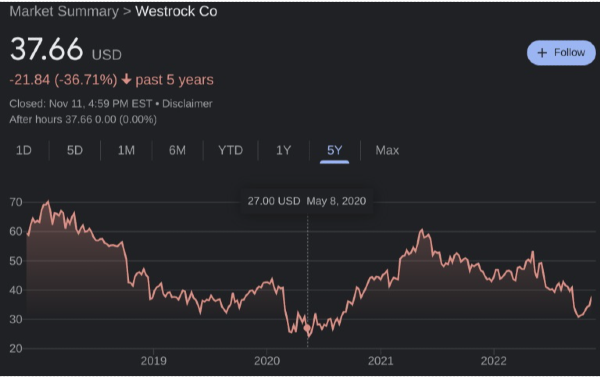

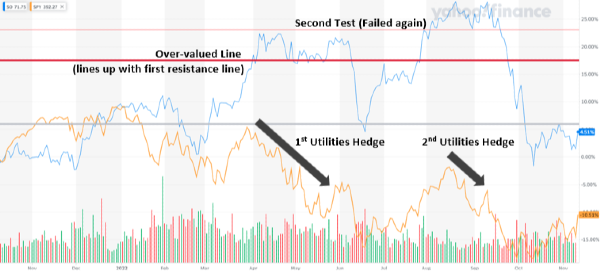


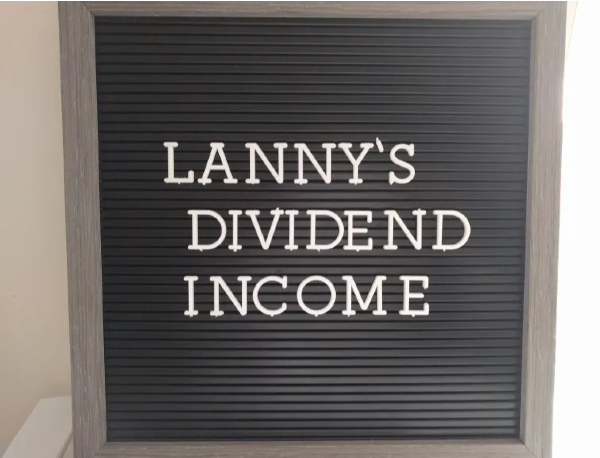

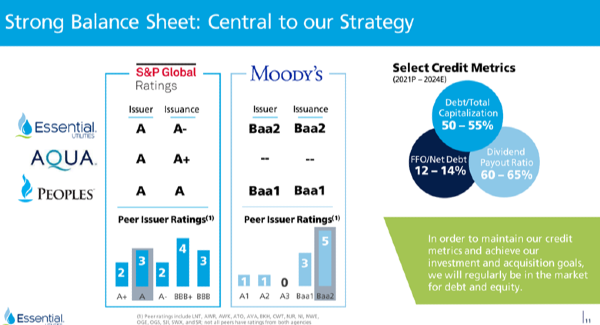




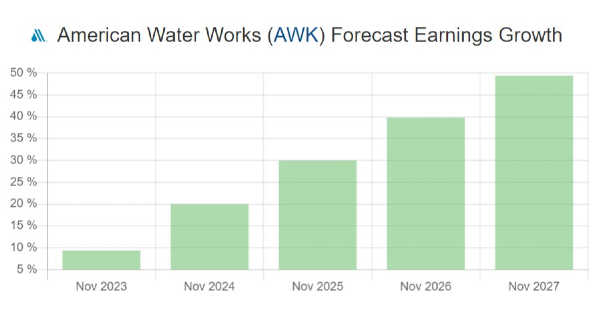








Purchasing life insurance can be pretty confusing, especially when you’ve received controversial information about Term and Whole Life Insurance. The question still exists: What is the difference between Term and Whole Life Insurance, and how do I choose between them?
Look no further! This article will provide you with a comprehensive breakdown of the differences between Term and Whole Life Insurance, and help you figure out which one might be the best for you.
What Is The Difference Between Term and Whole Life Insurance?
Term Life Insurance is often said to be the simplest type of life insurance policy. It provides coverage for the insured for a specified time, at affordable rates. With this insurance policy, the benefits are paid out to the beneficiary, but only if the insured dies within the time of term coverage.
For example, John is 30 years old, divorced, and has one child (beneficiary). He takes out a Term Life Insurance policy for 25 years at a monthly rate of $200. John passed away 20 years later at the age of 50. John died within the term coverage, so his son will get the benefits of his Term Life Insurance.
However, if John outlives his policy, he must replace his policy (at least six months before the expiration date), or his son won’t receive the death benefit. Alternatively, he can convert this policy into a permanent life insurance policy.
On the other hand, Whole Life Insurance is considered permanent life insurance and provides life insurance coverage until death. Upon death, the benefits are paid out to the beneficiary, once the policy is active upon death.
Furthermore, with Whole Life Insurance, there is a cash savings component that the policyholder can withdraw or borrow from.
Let’s take the example of John again. This time, John signs up for a whole life insurance policy, he pays his premium up until his death at 70 years old; his policy is up to date. His beneficiary (his son) receives his payout upon his death.
Who Needs Whole Life Insurance vs. Term Life Insurance?
This question is very important when deciding to purchase life insurance. Most people often feel that they do not need insurance coverage for their entire life.
However, It Would Be Wise To Consider Purchasing Whole Life Insurance If:
Alternatively, Term Life Insurance Might Be the Best Option For You If:
Overall, most people do not operate on a standalone basis. We have families and loved ones we will leave behind when we die. The comfort that comes with knowing that your loved ones will be provided for is one of the key reasons for deciding between Whole Life Insurance and Term Life Insurance.
Whole Life Insurance and Options Available
Now that you know the difference between Term and Whole Life Insurance, you may consider leaning towards Whole Life Insurance.
But you can choose from many types of Whole Life Insurance policies. Some options that offer flexible payment features include limited payment Whole Life Insurance, modified Whole Life Insurance, and graded premium Whole Life Insurance.
With limited Whole Life Insurance, you can pay off your cash value over a much shorter period than waiting until you’re advanced in age. Of course, the premiums are higher for the number of years chosen and when your policy has been paid up. You will then no longer need to pay to keep the coverage active.
Modified Whole Life Insurance, on the other hand, offers low premium payment plans for the first few years of your policy. After the rates tend to increase rather significantly. This is often considerably higher than average Whole Life Insurance rates. This type of Whole Life Insurance is often considered a high-risk policy, so you should consider this option carefully if you decide to purchase it.
Which Whole Life Insurance Company Should I Choose?
Many companies offer a variety of Whole Life Insurance policies. Choosing one will depend on your individual needs. Popular searches often lead to recently compiled lists based on customer reviews and surveys conducted. Allstate Whole Life Insurance is one of the leaders in the market.
Allstate was founded in 1931 and services over 16 million households across the United States. Most commonly, we often hear the slogan, “Are you in good hands?” when one speaks of Allstate. With the Allstate Whole Life Insurance policy, you will get “simplified and straightforward coverage.”
You get to decide how much coverage you will need and who is being covered under your policy, and you also get guaranteed rates for the extent of your policy and certainty of a death benefit that will be paid out to your beneficiaries.
An added bonus about the Allstate Whole Life Insurance policy is that as it accumulates in cash value, you can borrow against it should the need arise.
Pros and Cons Of Whole Life Insurance
It is essential to be aware of the pros and cons of Whole Life Insurance when choosing a Whole Life Insurance policy provider.
The Best Reasons You Should Get Whole Life Insurance Include:
We Also Need To Look At Some Of The Key Disadvantages Of Whole Life Insurance, Which Are:
Overall, everyone should consider protecting themselves and their family by purchasing a life insurance policy.
The difference between Term and Whole Life Insurance provided necessary information between the two, while the pros and cons of Whole Life Insurance give you the options for choosing what is best for you. If you’re on a budget, then consider Modified Whole Life Insurance.
Do you have more questions about which type of life insurance policy generates immediate cash value? Still, trying to get more answers to better understand the terms and conditions of undertaking permanent or term life insurance. Book a free consultation today to get the full breakdown of the best life insurance policies to grow your income while you focus on protecting your family.
Originally Posted in The Purpose of Money